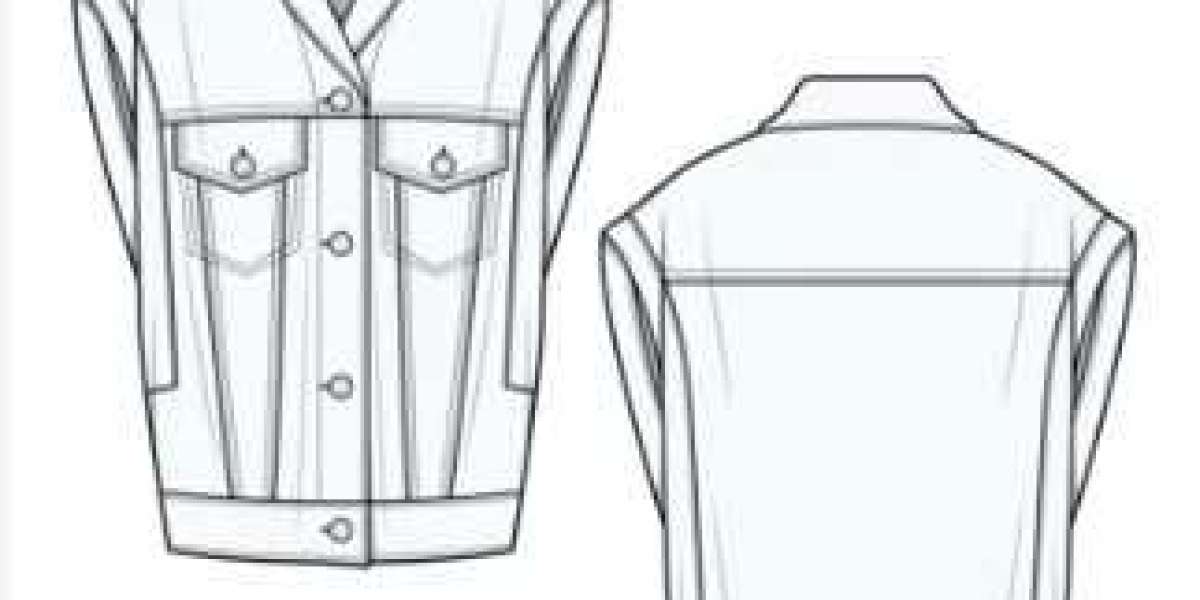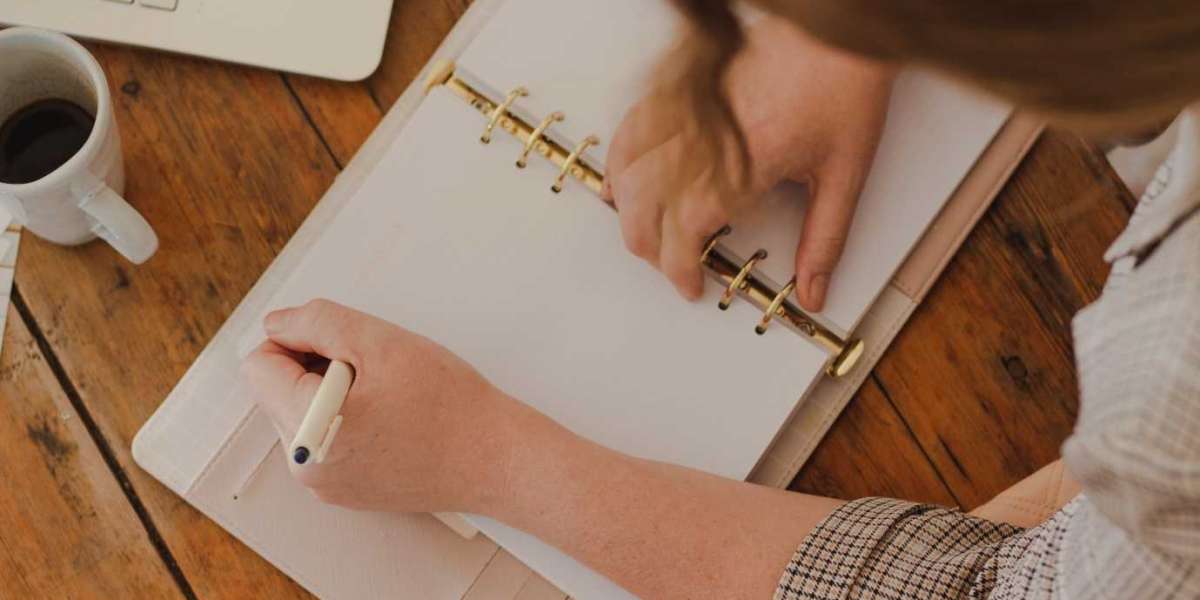When filing a patent application, visuals play a crucial role in conveying the invention’s details. Patent drawings visually represent the invention, offering clarity and precision. This blog article will explore patent drawing examples and delve into the essentials of creating the best provisional patent drawings.
Patents are legal documents that protect inventors’ rights by granting them exclusive ownership over their inventions. While patent applications primarily consist of written descriptions and claims, including drawings can significantly enhance the understanding and value of the invention. Patent drawings visually depict the invention’s structure, functionality, and unique features, ensuring that the examiner and potential licensees comprehend the invention’s scope accurately.
The importance of patent drawings cannot be overstated. Well-executed drawings can help overcome language barriers and provide a universal understanding of the invention, making them an invaluable tool for inventors in various fields. Whether you are developing a mechanical device, an electrical circuit, or a unique design, incorporating clear and detailed drawings can greatly improve your chances of obtaining a patent.
In the following sections of this article, we will explore the fundamental elements of effective patent drawings and provide examples across different patent types. We will also discuss the process of creating the best provisional patent drawings, which can serve as a preliminary step in securing your invention before filing a non-provisional patent application. You can develop high-quality patent drawings that strengthen your patent application by understanding the guidelines, incorporating best practices, and learning from illustrative examples.
Remember, patent drawings are not mere illustrations; they are essential visual aids that supplement the written description of your invention. So, let’s dive into the world of patent drawing examples and uncover the secrets to creating the best provisional patent drawings for your innovative creations.
Section 1: Understanding Patent Drawings
- 1.1 What are Patent Drawings?
Patent drawings, also known as patent illustrations or figures, are visual representations of an invention accompanying a patent application. They clearly and concisely depict the invention’s structure, design, and functionality. Patent drawings are a vital application component as they help examiners, attorneys, and potential licensees understand the invention more effectively. - 1.2 Importance of Patent Drawings
Patent drawings serve several essential purposes in a patent application: - Enhancing Clarity: Drawings help supplement the written description, providing visual context and clarity to the invention’s features and components.
Universal Language: Drawings transcend language barriers, making it easier for international patent offices and potential licensees worldwide to comprehend the invention.
Patentability Determination: Drawings assist patent examiners in assessing the novelty, non-obviousness, and usefulness of the invention, aiding in the patentability determination.
Enforcement and Licensing: Patent drawings provide visual evidence of the invention’s unique attributes, supporting enforcement efforts and facilitating licensing discussions.
1.3 Patent Drawing Requirements
When creating patent drawings, it is essential to adhere to the requirements set forth by the patent office where you are filing your application. Generally, the requirements include the following: - Clarity and Legibility: Drawings should be clear, legible, and free from smudges or unnecessary shading.
Formality Standards: Drawings should meet the formatting, size, and margins specified by the patent office.
Numbering and Labelling: Each drawing should be sequentially numbered and labelled with a descriptive title or reference numeral.
Consistency and Uniformity: Drawings should maintain a consistent style, scale, and level of detail throughout the application.
Accompanying Explanatory Text: Drawings should be accompanied by a brief description, pointing out the essential features and their relationship to the invention.
1.4 Patent Drawing Software and Tools
Various software applications and tools are available to assist in creating patent drawings, ranging from simple drawing software to professional computer-aided design (CAD) programs. Some commonly used tools include Adobe Illustrator, AutoCAD, and CorelDRAW. As the patent office requires, these tools offer precise drawing capabilities, layering options, and the ability to export drawings in different file formats.
Understanding the significance of patent drawings and associated requirements lays a strong foundation for creating effective, high-quality drawings. In the following sections, we will explore the essential elements of successful patent drawings and provide examples across different patent types, empowering you to create the best provisional patent drawings for your invention.
Section 2: Elements of Effective Patent Drawings
Effective patent drawings require careful attention to detail and adherence to certain principles. In this section, we will explore the key elements contributing to patent drawings’ success.
- 2.1 Clarity and Accuracy
One of the primary goals of patent drawings is to provide a clear and accurate representation of the invention. Ensuring that the drawings are easily understandable and convey the invention’s structure and functionality without ambiguity is crucial. Use clean lines, well-defined shapes, and consistent proportions to enhance clarity. Avoid clutter or excessive detail that may confuse or distract from the main features of the invention. - 2.2 Consistency and Uniformity
Maintaining consistency and uniformity throughout the patent drawings is essential. Ensure that the style, line thickness, shading techniques, and labelling conventions remain consistent across all drawings in the application. This cohesiveness makes it easier for examiners and readers to navigate and understand the drawings. Consistency also helps establish a professional and polished impression. - 2.3 Detailing Key Components
Focus on accurately depicting the key components of the invention that are critical to understanding its operation and uniqueness. Highlight the features, structures, and relationships that differentiate your invention from existing solutions. Pay attention to the level of detail required, considering the complexity of the invention and the patent office guidelines. Strike a balance between providing sufficient detail and avoiding unnecessary complexity. - 2.4 Proper Labeling and Referencing
Each element or part of the invention should be clearly labelled and referenced within the drawing and the accompanying description to enhance clarity. Use reference numerals or letters to point to specific components and provide concise labels or captions to describe their function. Ensure the labelling is legible and positioned close to the respective element to avoid confusion. - 2.5 Compliance with Patent Office Guidelines
Different patent offices have specific guidelines regarding patent drawings’ format, size, resolution, and other technical aspects. It is crucial to familiarize yourself with these guidelines and adhere to them when creating your drawings. Non-compliant drawings may be rejected or require modifications, resulting in delays in the patent application process. Following the guidelines ensures that your drawings meet the office’s requirements and are accepted without issues.
Incorporating these elements into your patent drawings allows you to create visually compelling and informative representations of your invention. Remember that patent drawing are a valuable tool to enhance the understanding of your invention, so investing time and effort in their creation is essential. In the next section, we will explore patent drawing examples across different types of patents, providing a broader understanding of how to apply these principles in practice.
Section 3: Patent Drawing Examples
In this section, we will provide patent drawing examples across different types of patents. These examples will illustrate how the earlier principles can be applied in practice to create effective and informative patent drawings.
- 3.1 Utility Patent Drawing Examples
- 3.1.1 Mechanical Inventions
Consider a utility patent for a mechanical device, such as a folding bicycle. The drawings should depict the key components, mechanisms, and their interconnections. Clear lines, shading, and perspective can enhance depth and understanding. Labelling should be concise and positioned close to the respective parts. For example, a drawing could show the folding mechanism in different stages, highlighting the pivotal points and how the bicycle folds into a compact form. - 3.1.2 Electrical and Electronics
In utility patents for electrical or electronic inventions, such as a smartphone or a circuit design, drawings should illustrate the circuitry, components, and their connections. Clear and precise lines, symbols, and diagrams can convey the flow of electricity or data. Labelling should identify each component and its function. For example, a drawing could show the internal circuitry of a smartphone, highlighting the key components like the processor, memory, and various sensors. - 3.1.3 Chemical and Biotechnology
In utility patents for chemical or biotechnological inventions, drawings can represent the molecular structures, chemical reactions, or biological processes involved. Use clear, detailed, and labelled diagrams to illustrate the composition and interaction of the molecules or biological entities. For example, a drawing could depict the chemical structure of a new pharmaceutical compound and show its interactions with target receptors in the body. - 3.2 Design Patent Drawing Examples
- 3.2.1 Consumer Products
Design patents protect the unique appearance of an article. For consumer products like smartphones, chairs, or bottles, drawings should emphasize ornamental aspects. Clean lines, shading, and different perspectives can be used to showcase the design’s aesthetics. Detail the key features and contours that make the design distinctive. For example, a drawing could showcase a smartphone’s sleek and curved design, highlighting the buttons’ unique placement and overall visual appeal. - 3.2.2 Fashion and Accessories
Design patents also extend to fashion and accessory designs. Drawings should focus on the specific ornamental aspects of items like shoes, jewellery, or handbags. Use detailed line drawings or shaded renderings to capture the unique design elements, patterns, and textures. For example, a drawing could depict a handbag’s intricate patterns and stitching, showcasing the ornamental features that make it visually appealing. - 3.2.3 Industrial Designs
Industrial designs cover various products, such as furniture, lighting fixtures, or automotive parts. Drawings should emphasize the unique design features that distinguish the product. Use clear lines, shading, and different views to showcase the design’s form and functionality. For example, a drawing could illustrate a chair’s innovative shape and ergonomic features, highlighting its distinctive design elements.
These patent drawing examples across different types of patents demonstrate how clarity, accuracy, consistency, and proper labelling can be applied in practice. Remember to consider the specific requirements and guidelines of the patent office where you are filing your application to ensure compliance.
Section 4: Creating the Best Provisional Patent Drawings
Creating high-quality drawings is essential to support your invention when filing a provisional patent application. Provisional patent drawings serve as a preliminary visual representation and can be crucial in securing your invention before filing a non-provisional patent application. Follow these steps to create the best provisional patent drawings for your invention:
- 4.1 Engage a Professional Draftsperson
While it is possible to create provisional patent drawings on your own, engaging a professional draftsperson or a patent illustrator can significantly enhance the quality and accuracy of your drawings. These experts have experience in creating patent drawings that meet the specific requirements and guidelines of the patent office. They can bring your invention to life visually and ensure that the drawings effectively represent your invention’s unique features. - 4.2 Understand Your Invention
Before starting the drawing process, thoroughly understand your invention. Analyze its structure, components, and functionality. Identify the key features that make your invention novel and innovative. This understanding will guide you in accurately depicting the invention’s essential aspects in the drawings. - 4.3 Rough Sketching and Conceptualization
Begin with rough sketching to visualize the arrangement of components and their interactions. Use basic shapes and lines to represent the various parts of your invention. This step helps you explore different design options and decide on the best representation of your invention. Refine the rough sketches until you are satisfied with the overall layout and composition. - 4.4 Finalizing the Drawing
Once you have the rough sketches, proceed to create the final drawings. Use appropriate drawing software or tools to create clean, precise, and detailed illustrations. Pay attention to the clarity of lines, and proportions and accurately represent the invention’s features. Incorporate shading or cross-hatching techniques where necessary to provide depth and dimension. Ensure that the drawings are legible and convey the necessary information without ambiguity. - 4.5 Review and Refinement
After creating the final drawings:
Please review them carefully for accuracy and compliance with the patent office guidelines.
Check for any inconsistencies, missing labels, or unclear elements.
Seek feedback from experts or colleagues to ensure that the drawings effectively represent your invention.
Make necessary refinements to improve the clarity and visual impact of the drawings.
Creating the best provisional patent drawings requires time, attention to detail, and a keen understanding of your invention. By engaging professionals, understanding your invention, sketching and conceptualizing, finalizing the drawings, and conducting thorough reviews, you can develop high-quality provisional patent drawings that effectively support your invention’s protection.
Section 5: Tips for Patent Drawing Success
In addition to following the essential steps outlined earlier, here are some additional tips to ensure patent drawing success:
- 5.1 Study Existing Patents
Take the time to study existing patents in your field. Analyze the drawings included in those patents to gain insights into the expected level of detail, style, and organization. This research will help you understand the standards the patent office sets and enable you to create drawings that align with those expectations. - 5.2 Use Multiple Views
Incorporate multiple views of your invention in the drawings. Different perspectives, such as front, side, top, and exploded views, provide a comprehensive understanding of the invention’s structure and features. Use sectional views when necessary to reveal hidden details. Multiple views enhance clarity and make it easier for examiners and readers to visualize the invention accurately. - 5.3 Keep it Neat and Uncluttered
Ensure that your drawings are neat, clean, and uncluttered. Avoid overcrowding the drawings with unnecessary details or excessive shading. Use white space effectively to create a visual separation between components and provide clarity. A clean and uncluttered drawing enhances readability and allows the examiner to focus on the essential aspects of your invention. - 5.4 Use Proper Symbols and Graphical Conventions
Incorporate standard symbols and graphical conventions relevant to your invention. These symbols help convey specific meanings and simplify the drawings. For example, electrical circuits may use standardized symbols for resistors, capacitors, or transistors. Using these symbols promotes consistency and facilitates understanding by those familiar with the field. - 5.5 Test the Drawings
Before submitting your patent application, test the drawings on individuals unfamiliar with your invention. Their feedback can provide valuable insights into areas requiring clarification or improvement. Assess whether the drawings effectively communicate the key aspects of your invention and make necessary adjustments based on the feedback received. - 5.6 Seek Professional Assistance, if Needed
If you are unsure about your drawing abilities or your invention is highly complex, consider seeking professional assistance from patent illustrators or draftspersons. These experts specialize in creating patent drawings and can ensure that your drawings meet the required standards and effectively support your patent application. - 5.7 Review Patent Office Guidelines Regularly
Patent office guidelines may change over time, so it is crucial to stay updated. Regularly review the guidelines for the patent office where you intend to file your application. By staying informed, you can ensure that your drawings meet the latest requirements and avoid unnecessary delays or rejections.
Following these tips will increase your chances of creating successful patent drawings that effectively communicate the unique aspects of your invention. Remember, the quality of your drawings can significantly impact the understanding and value of your patent application.
Conclusion
In conclusion, patent drawings are crucial in the patent application process. They enhance clarity, provide visual context, and facilitate a better understanding of the invention’s unique features. You can create effective patent drawings that support your invention by adhering to the principles of clarity, accuracy, consistency, and proper labelling.
Understanding the specific requirements and guidelines of the patent office where you are filing your application is essential to ensure compliance. Engaging professional draftspersons, studying existing patents, using multiple views, keeping drawings neat and uncluttered, and incorporating proper symbols and conventions are key tips for patent drawing success. Additional strategies to consider are regularly reviewing patent office guidelines and seeking professional assistance when needed.
Investing time and effort into creating high-quality patent drawings can significantly impact the outcome of your patent application. Clear and informative drawings improve the chances of obtaining patent protection and facilitate effective communication with patent examiners, attorneys, and potential licensees.
By following the steps outlined in this article and applying the tips provided, you can develop the best provisional patent drawings for your invention, increasing your chances of success in securing patent rights for your valuable innovation.
Read More:
Mastering the Art of Sample Patent Drawings: Creating the Best Provisional Patent Drawings
Unlocking the Power of Patent Drawing Search: A Guide to Provisional Patent Drawings








